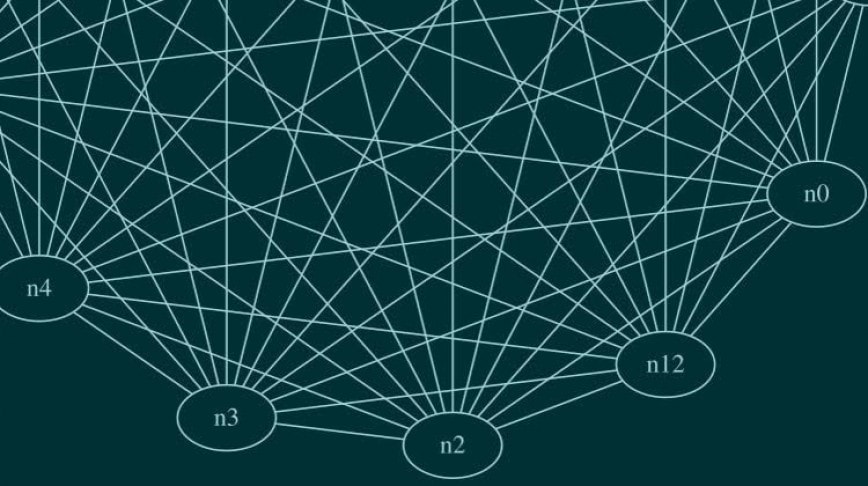RALEIGH, N.C.
—
March 25, 2019
—
-
Fourth quarter total revenue of $879 million, up 14% year-over-year, or 17% in constant currency; full fiscal year total revenue of $3.4 billion, up 15% year-over-year, or 16% in constant currency
-
Fourth quarter Application Development-related and other emerging technology subscription revenue of $225 million, up 30% year-over-year, or 34% in constant currency; full fiscal year Application Development-related and other emerging technology subscription revenue of $816 million, up 31% year-over-year, or 32% in constant currency
-
Fourth quarter training and services revenue of $105 million, up 18% year-over-year, or 23% in constant currency; full fiscal year total training and services revenue of $413 million, up 19% year-over-year, or 21% in constant currency.
-
Year-end deferred revenue balance of $3.0 billion, up 15% year-over-year, or 18% in constant currency
Red Hat, Inc. (NYSE: RHT), the world’s leading provider of open source solutions, today announced financial results for the fourth quarter of fiscal year 2019 ended February 28, 2019.
“Enterprise organizations are continuing to move to hybrid cloud environments, which is contributing to strong growth in Red Hat’s cloud enabling technologies,” stated Jim Whitehurst, President and Chief Executive Officer of Red Hat. Across the portfolio, our total number of customers with active subscriptions greater than $5 million increased 33% year-over-year in fiscal year 2019. Also key to that growth is the increasing number of Ansible and OpenShift customers, which now total more than 1,300 and 1,000, respectively, as of the end of fiscal year 2019.”
“In FY19, we continued to strengthen our strategic relationships with enterprise organizations, which was evidenced by continued growth in sizeable commitments. We saw a 17% year-over-year increase in the number of deals over $1 million, despite the smaller base of large renewals in fiscal year 2019. These deals included broad adoption across Red Hat’s portfolio of technologies, with cross-selling up 22% from the previous year,” said Eric Shander, Executive Vice President and Chief Financial Officer. “Additionally, our total backlog was $4.1 billion, a 22% increase year-over-year. This is the third consecutive year where backlog increased at a rate of more than 20% year-over-year, which further reflects the forward momentum of our business.”
Revenue: Total revenue for the quarter was $879 million, up 14% year-over-year, or 17% measured in constant currency. Constant currency references in this release are detailed in the tables below. Subscription revenue for the quarter was $774 million, up 13% year-over-year, or 16% measured in constant currency. Subscription revenue in the quarter was 88% of total revenue.
Full fiscal year 2019 total revenue was $3.4 billion, up 15% year-over-year, or 16% measured in constant currency. Subscription revenue for the full fiscal year was $2.9 billion, up 15% year-over-year, and 15% measured in constant currency. Subscription revenue in the full fiscal year was 88% of total revenue.
Subscription Revenue Breakout: Subscription revenue from Infrastructure-related offerings for the quarter was $549 million, an increase of 8% year-over-year, or 10% measured in constant currency. Subscription revenue from Application Development-related and other emerging technology offerings for the quarter was $225 million, an increase of 30% year-over-year, or 34% measured in constant currency.
Full fiscal year subscription revenue from Infrastructure-related offerings was $2.1 billion, an increase of 9% year-over-year, or 10% measured in constant currency. Full fiscal year subscription revenue from Application Development-related and other emerging technology offerings was $816 million, an increase of 31% year-over-year, or 32% measured in constant currency.
Operating Income: GAAP operating income for the quarter was $157 million, up 18% year-over-year. After adjusting for non-cash share-based compensation expense, amortization of intangible assets, and transaction costs related to business combinations, non-GAAP adjusted operating income for the fourth quarter was $227 million, up 19% year-over-year. For the fourth quarter, GAAP operating margin was 17.8% and non-GAAP adjusted operating margin was 25.8%. Non-GAAP references in this release are detailed in the tables below.
Full fiscal year GAAP operating income was $512 million, an increase of 8% year-over-year. After adjusting for non-cash share-based compensation expense, amortization of intangible assets, and transaction costs related to business combinations, non-GAAP operating income was $795 million, up 13% year-over-year. Full fiscal year GAAP operating margin was 15.2% and non-GAAP operating margin was 23.7%.
Net Income: GAAP net income for the quarter was $139 million, or $0.75 diluted earnings per share (“EPS”), compared with GAAP net loss of $12 million, or $0.07 diluted loss per share, in the year-ago quarter. The year-ago quarter included a one-time tax charge of $123 million related to the Tax Cuts and Jobs Act enacted into law in December 2017.
After adjusting for non-cash share-based compensation expense, amortization of intangible assets, transaction costs related to business combinations and non-cash interest expense related to the debt discount, non-GAAP adjusted net income for the quarter was $214 million, or $1.16 diluted EPS, as compared to $168 million, or $0.92 diluted EPS, in the year-ago quarter. Non-GAAP adjusted diluted weighted average shares outstanding excludes dilution that is expected to be offset by our convertible note hedge transactions.
Full fiscal year GAAP net income was $434 million, or $2.33 diluted EPS, compared with $262 million, or $1.42 diluted EPS, in the prior fiscal year. The prior fiscal year included a one-time tax charge of $123 million related to the Tax Cuts and Jobs Act enacted into law in December 2017. After adjusting for non-cash share-based compensation expense, amortization of intangible assets, transaction costs related to business combinations and non-cash interest expense related to the debt discount, non-GAAP net income for the full fiscal year was $679 million, or $3.69 diluted EPS, as compared to $544 million, or $3.00 diluted EPS, in the prior fiscal year.
Cash: GAAP operating cash flow was $397 million for the fourth quarter, up 10% on a year-over-year basis. Non-GAAP operating cash flow adjusts for the impact of our adoption of ASU 2016-15: Statement of Cash Flows (Topic 230): Classification of Certain Cash Receipts and Cash Payments, which requires the portion of repayments of convertible notes during the fourth quarter that is attributable to debt discount to be classified as operating cash flow. Non-GAAP operating cash flow, which excludes this impact of approximately $27 million, was $424 million, up 17% on a year-over-year basis compared to non-GAAP operating cash flow. Full fiscal year GAAP operating cash flow was $1.0 billion, up 10% on a year-over-year basis. Full fiscal year non-GAAP operating cash flow, which excludes approximately $60 million of impact from adoption of ASU 2016-15, was $1.1 billion, up 16% on a year-over-year basis compared to non-GAAP operating cash flow. Total convertible note repayments were $498 million as of February 28, 2019 with a remaining principal value of $307 million.
Total cash, cash equivalents and investments as of February 28, 2019 was $2.4 billion after repurchasing approximately $413 million, or approximately 0.9 million shares, of common stock in fiscal year 2019. The remaining balance in the current stock repurchase authorization as of February 28, 2019 was approximately $737.2 million.
Deferred revenue and backlog: Total backlog for fiscal year 2019 was in excess of $4.1 billion, up 22% year-over-year. We define total backlog as total deferred revenue, which has been billed, plus the value of non-cancellable subscription agreements not yet billed or reflected in our financial statements and the value of service agreements not yet billed or reflected in our financial statements that we believe to be firm. At the end of the fiscal year, the Company’s total deferred revenue balance was $3.0 billion, an increase of 15% year-over-year. The negative impact to total deferred revenue from changes in foreign exchange rates was $77 million year-over-year. On a constant currency basis, total deferred revenue would have increased 18% year-over-year.
The portion of total backlog to be billed in the future not reflected in our financial statements was in excess of $1.0 billion as of February 28, 2019, compared with the ending balance in excess of $775 million reported for fiscal year 2018. The portion of total backlog to be billed during fiscal year 2020 was in excess of $490 million as of February 28, 2019, compared with in excess of $450 million for the fiscal year ended February 28, 2018.
Due to the pending transaction with International Business Machines Corporation, Red Hat will not be hosting a conference call for its fourth quarter 2019 business results and will not be providing an outlook for its fiscal 2020.
Additional information on Red Hat’s reported results, including a reconciliation of the non-GAAP adjusted results, are included in the financial tables below.
###
Red Hat and the Shadowman logo are trademarks or registered trademarks of Red Hat, Inc. or its subsidiaries in the U.S. and other countries. Linux(R) is the registered trademark of Linus Torvalds in the U.S. and other countries.







